The Rise of Headless CMS:
Revolutionizing Web Design and Development in 2024

As the digital landscape continues to evolve, traditional content management systems (CMS) are being challenged by a new approach: headless CMS. In 2024, headless CMS is emerging as a game-changer for web design and development, offering flexibility, scalability, and improved performance. This article explores the benefits of headless CMS and why it’s becoming a popular choice for businesses of all sizes.
1. What is Headless CMS?
A headless CMS decouples the front-end (the “head”) from the back-end (the content management). Unlike traditional CMS platforms like WordPress, where content and presentation are tightly integrated, headless CMS allows developers to manage content separately and deliver it across multiple platforms—websites, mobile apps, IoT devices, and more.
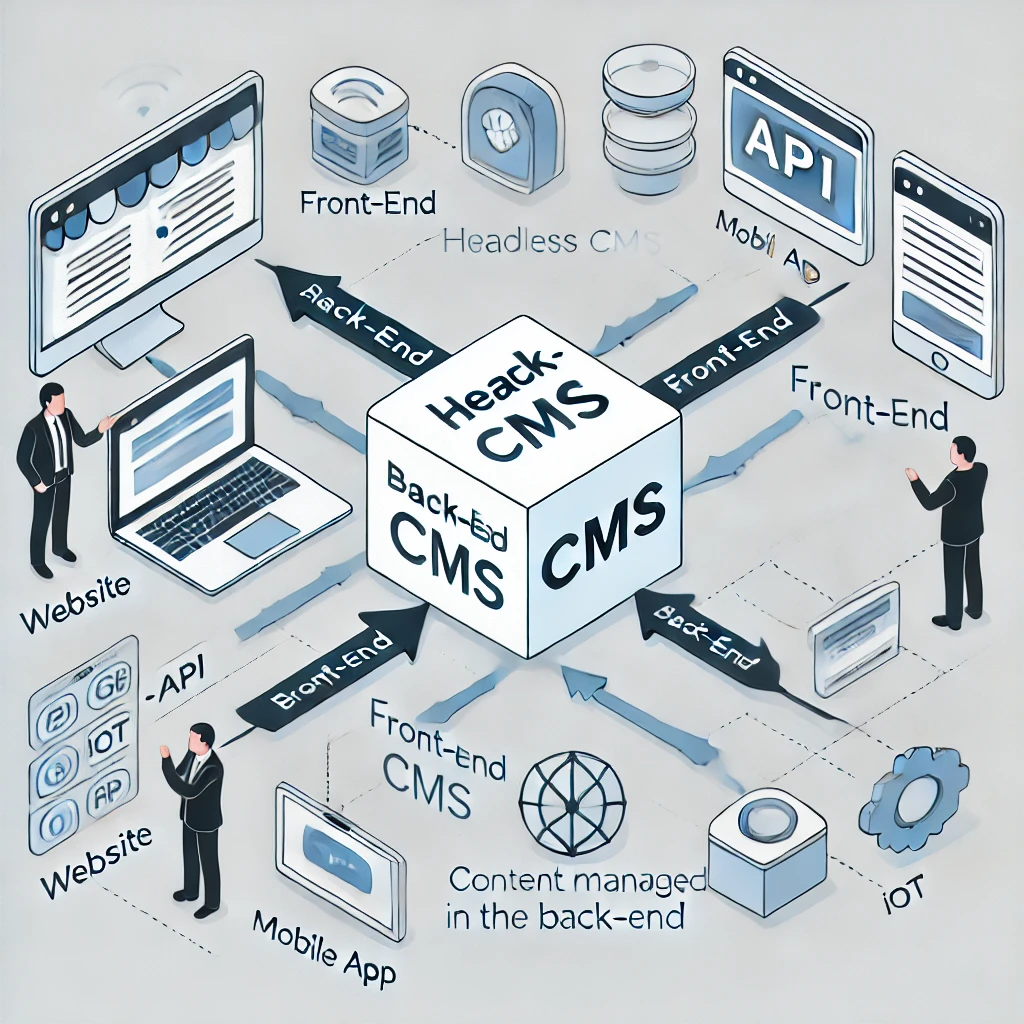
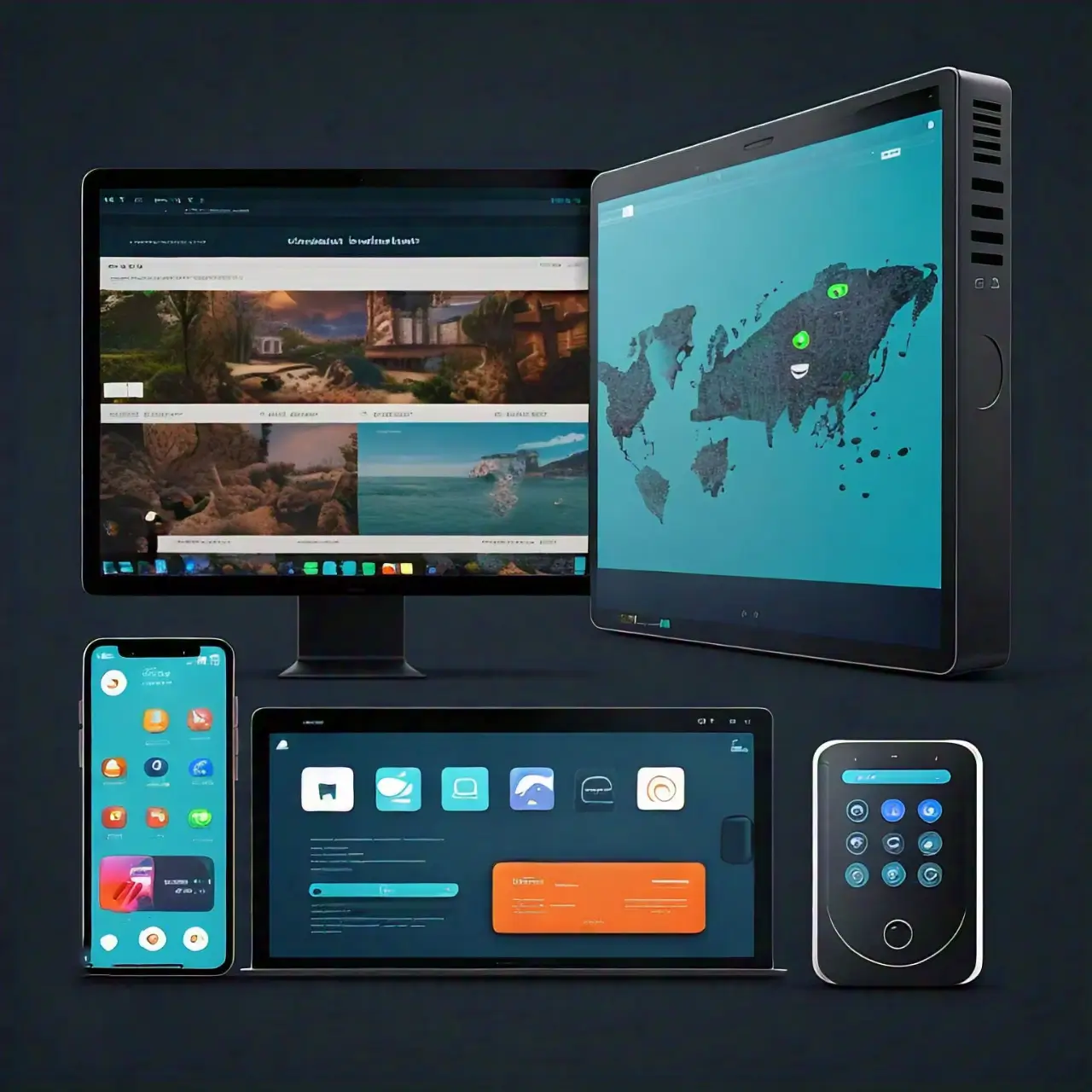
2. Why Headless CMS is Gaining Popularity
- Flexibility: With headless CMS, developers have the freedom to build custom front-end experiences using their preferred frameworks, such as React, Angular, or Vue.js. This allows for more creativity and innovation in web design.
- Scalability: Headless CMS is highly scalable, making it ideal for businesses with growing content needs. You can manage all your content in one place and distribute it across multiple channels without duplicating efforts.
- Improved Performance: By separating the front-end and back-end, websites can load faster and perform better, leading to improved user experience and higher search engine rankings.
3. Use Cases for Headless CMS
- Omnichannel Content Delivery: Headless CMS is perfect for businesses that need to deliver content across various platforms, such as websites, mobile apps, social media, and even wearable devices. This omnichannel approach ensures consistent messaging and branding.
- E-Commerce: Online stores are increasingly adopting headless CMS to create personalized shopping experiences. By integrating with APIs and other tools, businesses can offer dynamic content, personalized product recommendations, and seamless checkout processes.
- Content-Rich Websites: News portals, blogs, and educational platforms benefit from headless CMS by easily managing and distributing large volumes of content across different channels.
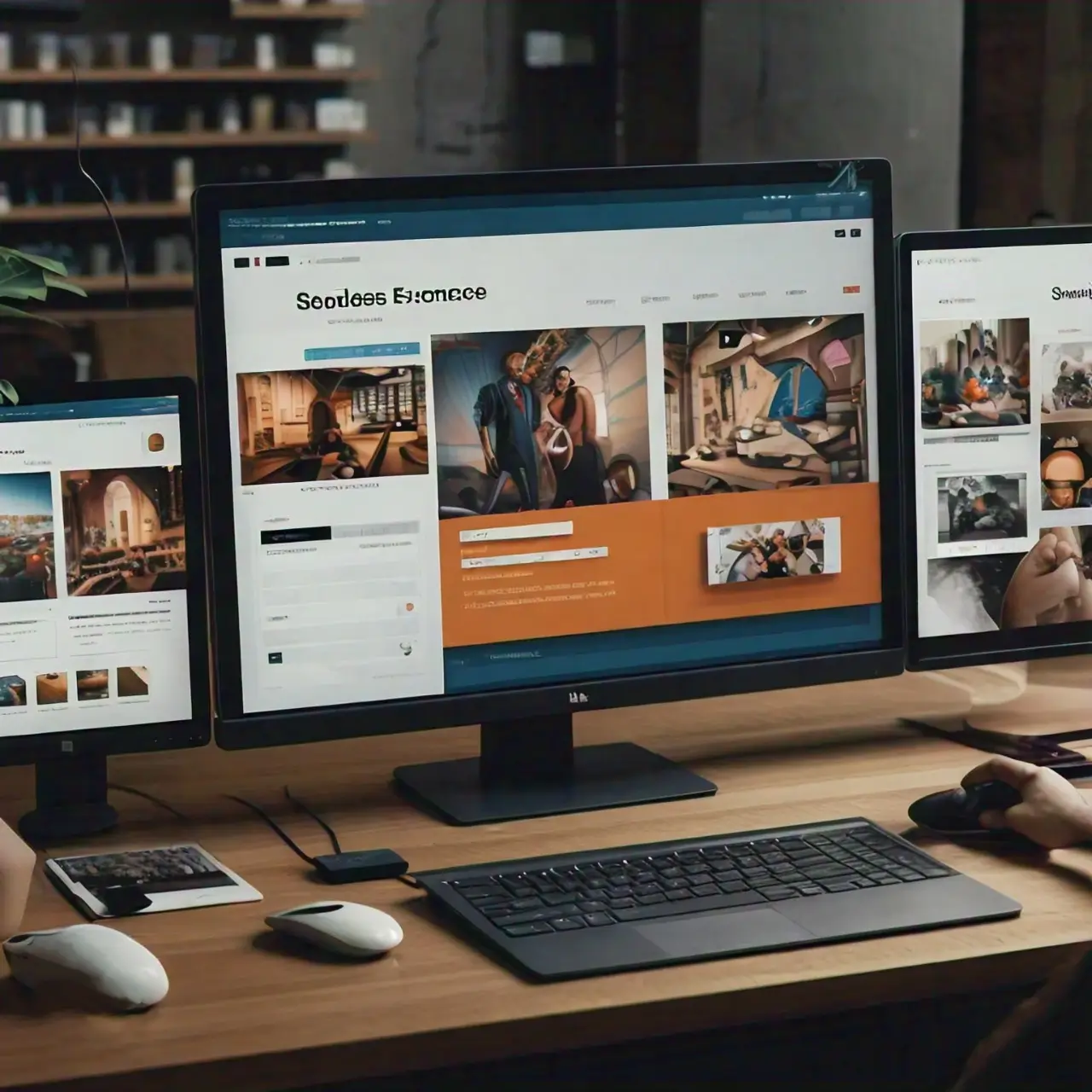
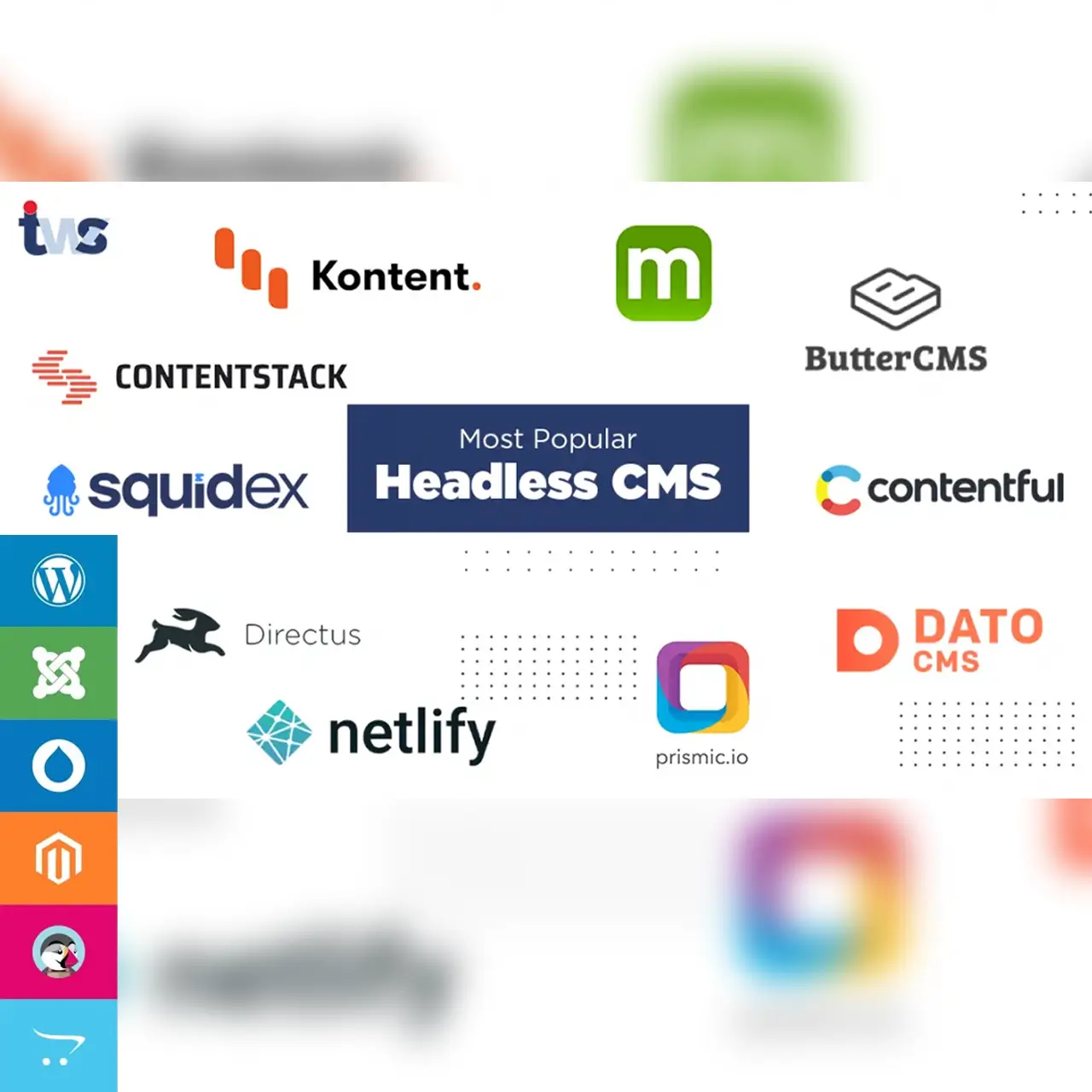
4. Challenges of Headless CMS
- Complexity: While headless CMS offers many benefits, it can be more complex to set up and manage compared to traditional CMS platforms. Businesses may need to invest in skilled developers to fully leverage its capabilities.
- Cost: Depending on the chosen platform, headless CMS can be more expensive, especially for small businesses. However, the long-term benefits often outweigh the initial costs.
5. Top Headless CMS Platforms in 2024
- Contentful: Known for its user-friendly interface and powerful API capabilities, Contentful is a popular choice for businesses looking to adopt headless CMS.
- Strapi: An open-source headless CMS that offers flexibility and customization, making it a favorite among developers.
- Sanity: Sanity stands out with its real-time collaboration features, allowing teams to work together seamlessly on content creation.
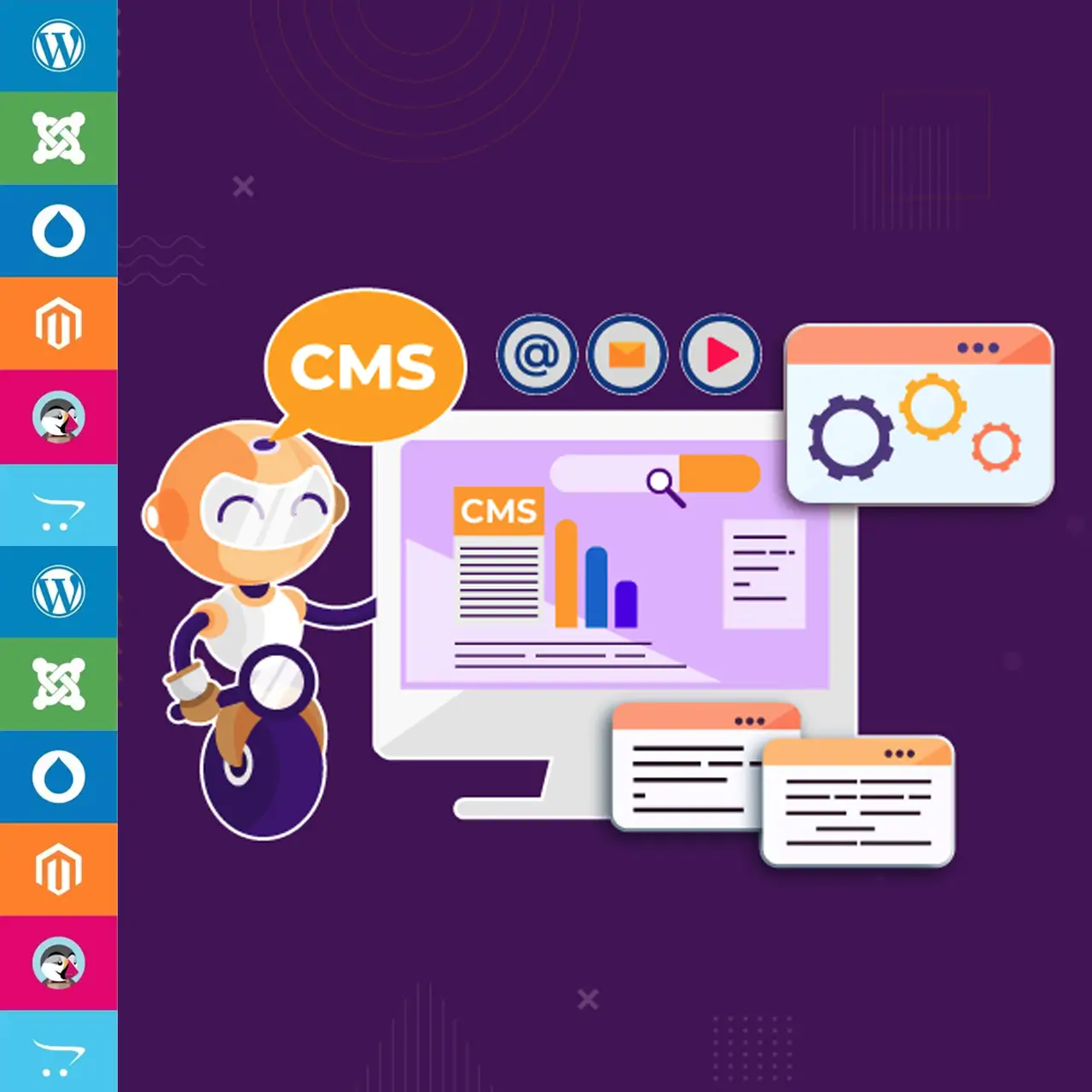
Conclusion
Headless CMS is revolutionizing web design and development in 2024, offering unparalleled flexibility, scalability, and performance. While it may come with some challenges, the benefits it provides for businesses looking to deliver content across multiple platforms are undeniable. As more companies adopt this innovative approach, headless CMS is poised to become the future of content management.

